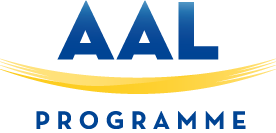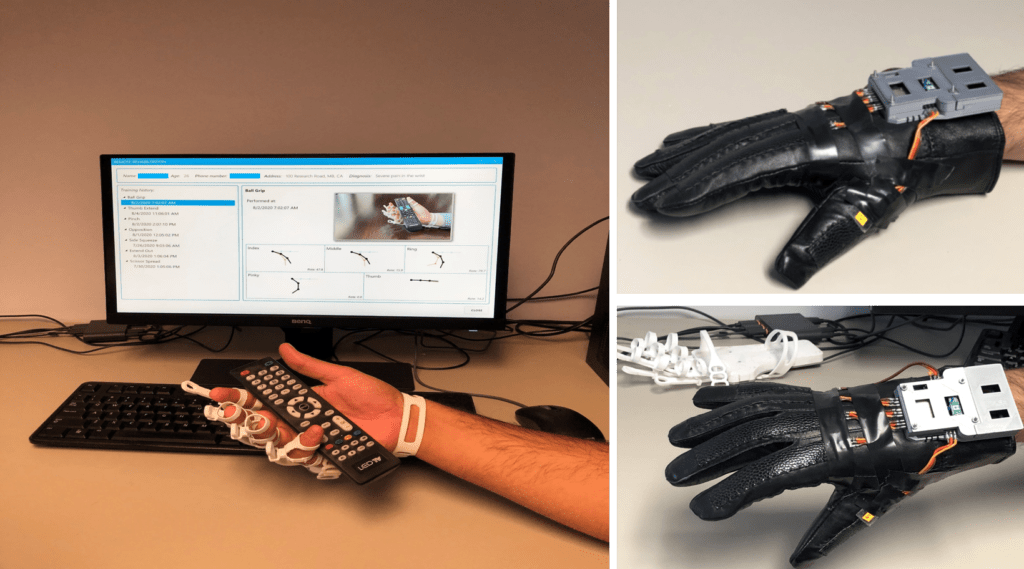How the COVID-19 pandemic breaks new ground for in-home telerehabilitation
by Amine Choukou, University of Manitoba

Delivering rehabilitation services during the pandemic
Social distancing due to COVID-19 makes it difficult to engage in rehabilitation sessions and the health consequences of not receiving rehabilitation services are significant, especially when the services cannot be delivered in telerehabilitation mode. In fact, many types of rehabilitation require the presence of a therapist and the use of supporting equipment.
Under the exceptional circumstances of the pandemic, in-home telerehabilitation services are the best option to maintain social distancing while continuing therapy. Face-to-face therapy still presents many risks to the therapist and patient. In-home telerehabilitation also represents an innovative approach to increase access to rehabilitation services for patients who live in remote locations where therapists are scarce or absent. Canada is especially challenged in this area.
Necessity is still the mother of invention
Need-based therapeutic inventions are very timely—the impact of COVID-19-related innovations in terms of telerehabilitation help serve those living in rural and remote areas, and now also in urban locations. The current crisis has highlighted a lack of access to health care for people living in underserved communities, particularly those living with the effects of strokes. One can imagine that people discharged home post-stroke have been hit hardest by the lockdown. In-home telerehabilitation has an important role to play in this area.
In our research group, we work to find novel solutions to support hand-therapy interventions. Hand rehabilitation is complex and supported by many technologies, such as robotic platforms and gaming and virtual reality devices. However, having a device that is simple to use by therapists and patients alike and that is portable (COVID-19 compliant) does not yet exist.
Our goal is to cover this need, and we are bringing to the market a portable platform that enables a novel remote hand-therapy approach. The device is designed to enable a therapist to monitor a patient remotely as if they were in a face-to-face session, using an application installed on a tablet of a smart phone. The patient will receive our smart glove and two splints designed and developed in this project, as well as the app installed on their tablet or smart phone, to ensure that they are getting the best care. The app allows the patient to engage in the therapy through instructional material (video, image, text) and also to video record their performance for further evaluation and reassessment.
The therapist selects appropriate tasks in the app and, from the home exercise program library, the patient will be able to practice following the instructional material and the therapist’s commands, when the session is on co-presence telerehabilitation mode. Patients can also practice independently without the therapist’s online presence. The smart glove has an app that shows the patient which exercises are required, then a set of wireless sensors tracks the patient’s wrist and fingers motions. The glove records the kinematics of the patient’s wrist and fingers and streams sensor data to the data receiver. The receiver plugs into sensor reader software. The sensor reader plots sensor data, interprets them, and provides the therapist with an advanced statistical data analysis. Along with videos of the patient’s performance, the therapist will access these through an easy-to-comprehend application.
This project is a partnership between our research team at the University of Manitoba’s College of Rehabilitation Sciences and Tactile Robotics, a Canadian company located in the Smart Park Innovation Hub of the University of Manitoba.
Why a wireless smart glove is a timely solution
We have explored several potential technologies to enable in-home telerehabilitation in this time of COVID-19 and we believe our platform will be the one that provides a prompt and effective solution. It will help patients discharged to home post-stroke access to a therapist who will be able to perform their therapy and monitor the progress using our intuitive digital tools. Our platform provides the two-way communication between therapist and patient needed in hand therapy and also satisfies two important COVID-19 issues. Firstly, this solution enables the video-based interaction required for the therapist to demonstrate the tasks to be done, as well as having real-time visual feedback on the performance. Secondly, our platform provides quantitative and on-demand feedback on the performance, making it easy for the therapist to monitor the progress, even when the session is conducted remotely.
Impact of our solution beyond the pandemic
According to the Canadian Community Health Survey conducted by the Canadian Institute for Health Information, about 90% all physiotherapists are employed in urban areas across Canada and there are significant challenges related to recruiting physiotherapists in non-urban centres. Our solution will impact the rehabilitation path and the overall quality of life post-stroke for millions of patients, including those living in underserved areas of Canada and the rest of the world.
Amine Choukou is assistant professor at the University of Manitoba’s College of Rehabilitation Sciences, adjunct professor in the Biomedical Engineering program, and the founding director of the Rehabilitation Technology Lab. If you would like to interact, please feel free to contact him at amine.choukou@umanitoba.ca or take a look at his website at www.rtlab.ca

